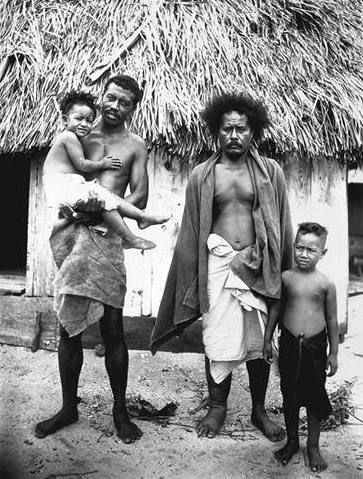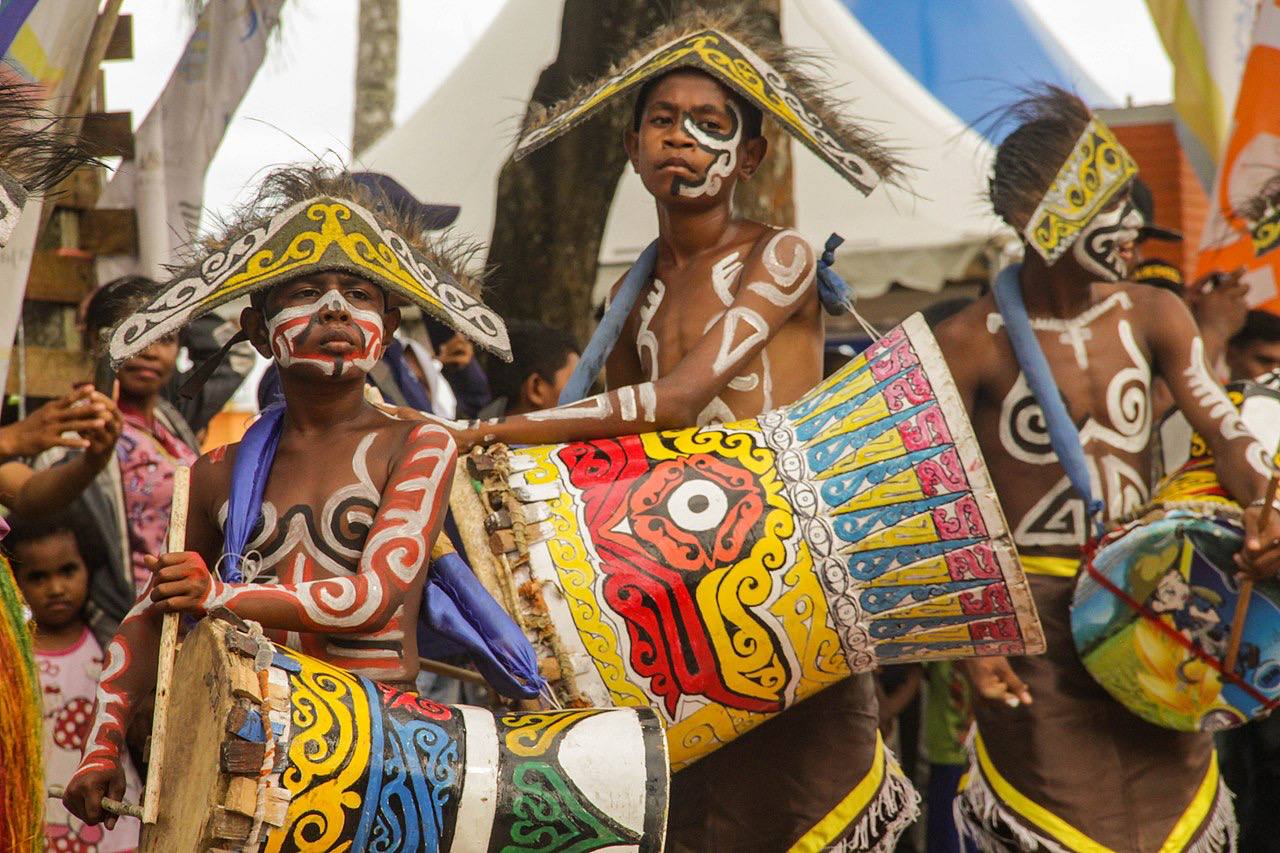The Pacific Ocean is a sprawling region of immense diversity, with its many island nations home to distinct groups of people. These groups are categorized under what are collectively referred to as Pacific Ethnicities.
While they share a common ancestry, these groups—Polynesians, Micronesians, and Melanesians—possess unique cultural traits, histories, and geographic locations. Understanding these distinctions can offer a clearer insight into the complexity of Pacific Island cultures and their shared histories.
What Are Pacific Ethnicities?
The term Pacific Ethnicities refers to the primary indigenous groups that populate the islands of the Pacific Ocean. These groups have historically navigated the vast maritime routes of the Pacific, building societies that are rich in oral history, environmental adaptation, and shared traditions. The three main groups under Pacific Ethnicities are:
- Polynesians: Found across scattered islands in the Pacific Triangle.
- Micronesians: Found in smaller archipelagos closer to Southeast Asia.
- Melanesians: Found across larger island nations in the western Pacific region.
While they share Austronesian origins, their histories, languages, and cultures differ significantly. Understanding their individual distinctions provides insight into migration patterns, trade networks, and geopolitical struggles in the region.

Polynesians: The Explorers of the Pacific
The Polynesian people are spread across the largest swath of the Pacific. Known for their exceptional seafaring traditions and ability to navigate thousands of miles of ocean, the Polynesians settled in areas such as New Zealand, Samoa, Tonga, Hawaii, and Easter Island. Their navigational skills and use of outrigger canoes allowed them to colonize the farthest corners of the Pacific region.
Polynesian cultures are heavily focused on oral storytelling, exploration, and mythology. Their languages, while distinct, share similarities, which demonstrates their shared ancestry. Today, Polynesians maintain their traditions through ceremonies, dance, and community practices.
Key Examples of Polynesian Areas:
- New Zealand
- Samoa
- Tonga
- Hawaii
- French Polynesia
Polynesians are culturally distinct due to their shared seafaring traditions and strong connections with the environment.
Micronesians: Small Islands, Big Traditions
Micronesians are a group of island communities primarily located in the western Pacific. While they are a smaller group than their Polynesian and Melanesian counterparts, their historical navigation and maritime trade routes connect their communities. Micronesian societies are based on interconnected island clusters, and their economies and traditions have been shaped by reliance on fishing and subsistence farming.
Modern Micronesian nations also carry the historical imprint of European colonial influence and Japanese administration during the 20th century. Micronesians are known for their adaptability, maritime networks, and efforts to preserve their ways of life amid modern pressures.

Key Examples of Micronesian Areas:
Their distinct linguistic patterns and adaptability set Micronesians apart from other Pacific ethnic groups.
Melanesians: A Diverse Cultural Heritage
Melanesians inhabit the western part of the Pacific, stretching from Papua New Guinea down through Vanuatu and Fiji. Melanesian societies are among the most linguistically diverse in the world, with hundreds of distinct languages spoken across their territories. Melanesians have a strong focus on communal living, agriculture, and ancestral practices, all of which are central to their way of life.
Unlike the scattered and maritime-focused Polynesians, Melanesians rely on more communal, agrarian-based systems. They have faced pressures from colonial rule, modern globalization, and development but remain resilient in preserving their unique traditions.
Key Examples of Melanesian Areas:
- Papua New Guinea
- Vanuatu
- Fiji
- New Caledonia
The Melanesian group is culturally rich and diverse, with hundreds of unique languages and traditions.
What Sets These Groups Apart?
The three groups under Pacific Ethnicities—Polynesians, Micronesians, and Melanesians—share Austronesian roots but differ significantly in their social structures, traditions, and geographic patterns.
- Polynesians focus on seafaring exploration and mythologies and tend to occupy the farthest island groups in the Pacific.
- Micronesians are centered on smaller archipelagos, prioritizing maritime trade routes and fishing.
- Melanesians maintain strong clan systems, agricultural practices, and linguistic diversity within the western Pacific region.
Each group has adapted to their unique environments and colonial histories differently. Melanesians are heavily agricultural, Micronesians are maritime traders, and Polynesians are celebrated for their history of exploration and seafaring expertise.
Why Do Pacific Ethnicities Matter?
Understanding the concept of Pacific Ethnicities offers insight into modern geopolitical issues, climate change, and cultural preservation. Rising sea levels disproportionately affect island groups in Micronesia and Melanesia, displacing their populations and forcing difficult migration decisions. Similarly, these groups are increasingly involved in geopolitical tensions over resources and territorial waters.
Cultural preservation is another key issue. Many Polynesians, Micronesians, and Melanesians strive to maintain their languages, customs, and traditions in the face of Westernization, climate pressures, and globalization. Each of these groups maintains distinct connections to their environments, histories, and ancestors, even as they interact with the modern world.
Conclusion
The concept of Pacific Ethnicities is about more than just history or geography. It represents shared traditions, common ancestry, and the diverse stories of migration and adaptation that have allowed these groups to survive and thrive in the Pacific Ocean’s vast and ever-changing environment.
Understanding their distinct differences—Polynesian exploration, Micronesian trade, and Melanesian communal traditions—offers an incredible view of human history, adaptation, and resilience.
Click the link to explore our Least Visited Countries Tour.





